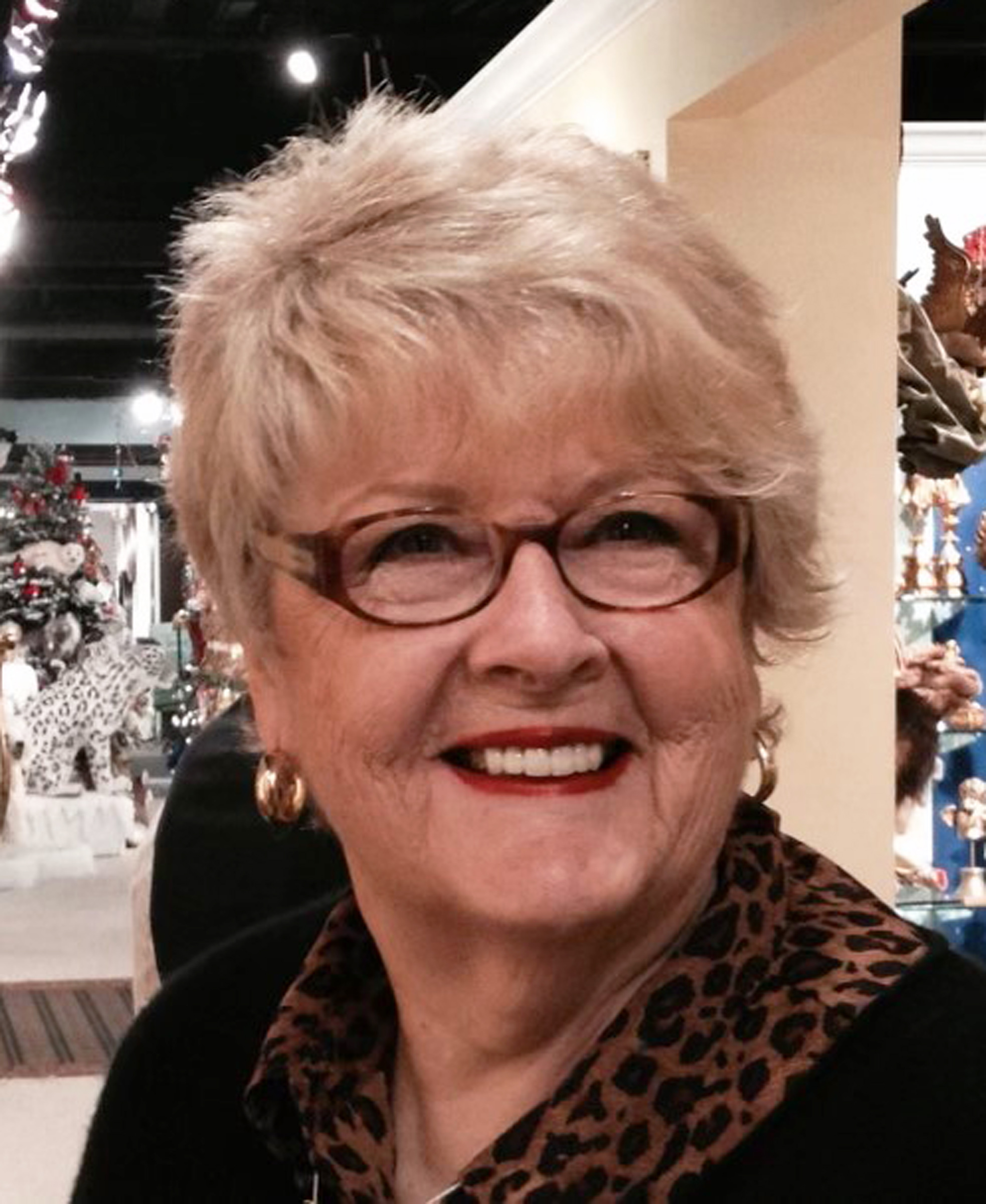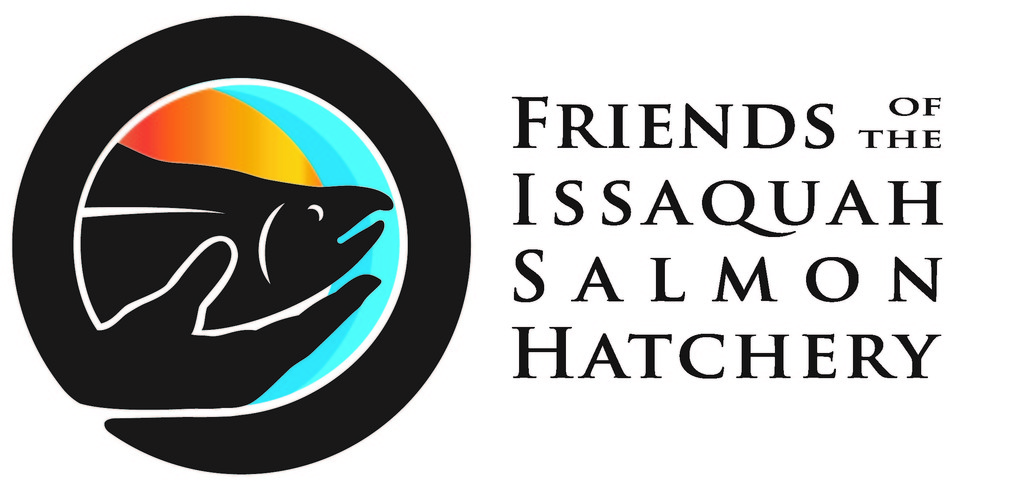The Original FISH guide
The original fish guide: Suzanne Suther
By Grace Reamer
As the Friends of the Issaquah Salmon Hatchery prepares to celebrate its 30th anniversary, we are taking a look back at the people and the activities that brought about the formation and development of this unique organization and partnership.
For Suzanne Suther, her love affair with the Issaquah Salmon Hatchery all started about 50 years ago, when she was hired in 1974 as a step-on tour guide for a tourist bus tour company in Seattle. For the day-long tour, she had to learn quickly about the small-town sights in Woodinville, Snoqualmie and Issaquah, including Gilman Village, Boehm’s Chocolates and the Issaquah Salmon Hatchery.
As a gregarious and enthusiast guide, Suther learned the basics of the salmon life cycle and enchanted her tourists with stories of the amazing migration of the chinook and coho back to the stream of their birth. She already had history with fishing, after catching her first fish at age 10. She loved to share fishing stories, including the time she caught a 45-pound chinook. Her experience and passion were a perfect fit for her tour to the hatchery.
“Having done that, I became very, very, in love with the hatchery,” she remembered. People from all over the world joined her tours, and the salmon were “the thing they wanted to know about most. Their awe – that was all they talked about. That left a tremendous impression on me.”
But the hatchery back then was not a very welcoming place. The staff were not interested in talking to visitors. The bathrooms were locked. The trash cans were beat up and dirty. It was a fish production operation rather than a public park. Suther soon joined the board of the Issaquah Chamber of Commerce and worked on ways to improve the appearance of the hatchery. She made a deal with a local nursery for a large batch of geraniums, then planted the flowers around the hatchery grounds and got staff to agree to water them. That was just the beginning of her promotional and educational work.
She went as far as Olympia to get attention for the hatchery. On a trip back from visiting her sister in Portland, on a whim, she pulled off I-5 at the state Capitol and made her way to the state Fisheries Office. She asked to speak to someone about the Issaquah Hatchery. That’s how she met Will Ashcraft, a fisheries manager who happened to have started his career at the Issaquah hatchery. She talked to the sympathetic administrator about how the Issaquah facility, with its easily accessible location, could be used to promote salmon conservation. With a month, she remembered, the unaccommodating hatchery manager was transferred, and a new manager arrived carrying the mission to make connections with the community.
Back in the early 1970s, Issaquah was still a small town in the Cascade foothills, looking for a way to distinguish itself. The annual Labor Day Festival and Parade had just finished its decades-long run as the town’s main civic celebration. City leaders sought a new way to show their civic pride.
Members of the Chamber and the Kiwanis Club met to discuss what they could do to promote Issaquah, Suther remembered The Issaquah Press editorialized about the need for an effort to bring tourism to town to support the local economy. That soon led to the City of Issaquah forming an ad hoc Development of Tourism Committee, with Suther as the chair.
“We determined what we had that was tourism-worthy, and of course, the hatchery was on the list, and we developed a five-year plan,” Suther said. They got some money from the state to help promote tourism. Along the way, the small Salmon Days Festival, started in 1970 on the first weekend of October, became a Seafair-sanctioned event and started to bring tens of thousands of people to town. Salmon had become the city’s signature draw.
That’s why it was such a shock in 1992 when the headline in the Issaquah Press broke the news that the hatchery was slated for permanent closure, said Suther, who by then was serving as executive director of the Chamber,
The community quickly mobilized. Teacher Doug Emery, who taught his students about salmon by hatching eggs in a classroom aquarium, created a mural of the pictures and signs drawn by children to take to Olympia. Businessman Skip Rowley offered to fund buses to send school students to Olympia to testify. Issaquah Press Publisher Debbie Berto kept the issue at the top of the front page, and her editorials called for saving the hatchery. The tourism committee worked with 5th Legislative District Rep. Brian Thomas, who got money allocated for a study to determine what needed to be done to upgrade the aging hatchery. That study formed the foundation of the remodeling plan.
That effort spawned the formation of FISH, the non-profit Friends of the Issaquah Salmon Hatchery, with the mission of saving the hatchery and developing an educational program around the facility.
“The educational factor here at the hatchery is so basic to the whole protection of the world around us,” Suther said. “Learning about fish here has such a meaningful impact on the lives of students. It’s a magnificent story.”
She remembered that the Thomas Wittington Law Firm donated services to draw up and file the FISH incorporation papers. She and founding member Fred Kempe signed the incorporation certificate on Aug. 16, 1993. She credited Issaquah Mayor Rowan Hinds with suggesting the name for the new non-profit, creating the best acronym ever – FISH. She went on to serve on the FISH Board of Directors for many years and guide the organization through development of educational and volunteer programs and the remodeling project.
After 50 years of dedication to the hatchery, 85-year-old Suther still returns from her Bellevue home to volunteer with FISH at the annual celebration of Salmon Days. “I have such a sense of pride and ownership in this place.”

